This team of astronomers has found unique chemical footprints of stars in the halo of the Milky Way, after using the combined power of two of the world's largest ground-based telescopes.
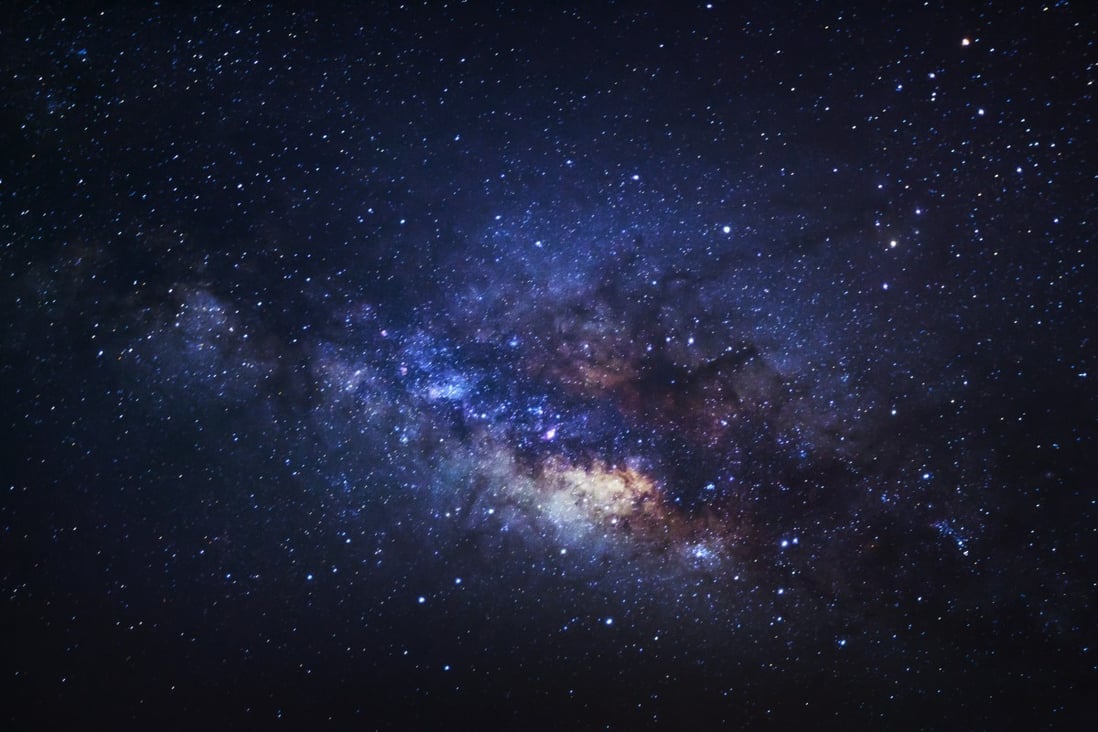
Illustration photo. Source: Shutterstock
Using the Large Sky Multi-Object Spectroscopic Telescope (LAMOST) in China and the Subaru Telescope in Hawaii, images show that the first stars could have been 260 times the mass of the sun.
Their research, published in the journal Nature on Wednesday, also provides the first observational evidence that the stars ended their lives in an unusual explosion, quite different from the supernova explosions we know today.
Theoretical physicist Avi Loeb of Harvard University, who was not involved in the research, praised the discovery as “extremely important in confirming our theory of the first generation of stars.”
First-generation stars are among the universe’s greatest unsolved mysteries, said Mr. Loeb. Scientists predict they formed from primordial gas after the Big Bang and were made up of only hydrogen and helium.
Astronomical theory also suggests that these ancient bodies could have had masses equivalent to hundreds of Suns and experienced a single, localized explosion when they died.
The first generation stars are short-lived and very difficult to detect, leaving only their chemical signature in the next generation of stars.
Zhao Gang from the National Astronomical Observatories of China and his colleagues screened the spectra of more than five million stars collected by LAMOST.
The information included chemical composition, temperature, brightness, and other key properties that scientists compared until they found a candidate, dubbed LAMOST J1010+2358.
The star is located about 3,300 light-years from Earth in the galactic halo and is extremely low in metals. The team compared the star's spectrum with theoretical models and concluded that it likely formed in a nebula left over from a first-generation star with a mass equivalent to 260 suns.
Unlike stellar explosions in later universes, which collapse into neutron stars or black holes, the explosion of the parent star LAMOST J1010+2358 involved the creation of its antimatter electrons and positrons, Loeb explained.
Quoc Thien (According to SCMP)
Source



![[Photo] National Assembly Chairman Tran Thanh Man attends the VinFuture 2025 Award Ceremony](/_next/image?url=https%3A%2F%2Fvphoto.vietnam.vn%2Fthumb%2F1200x675%2Fvietnam%2Fresource%2FIMAGE%2F2025%2F12%2F05%2F1764951162416_2628509768338816493-6995-jpg.webp&w=3840&q=75)
![[Photo] 60th Anniversary of the Founding of the Vietnam Association of Photographic Artists](/_next/image?url=https%3A%2F%2Fvphoto.vietnam.vn%2Fthumb%2F1200x675%2Fvietnam%2Fresource%2FIMAGE%2F2025%2F12%2F05%2F1764935864512_a1-bnd-0841-9740-jpg.webp&w=3840&q=75)







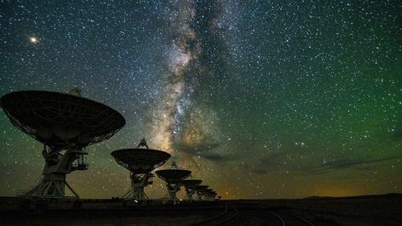
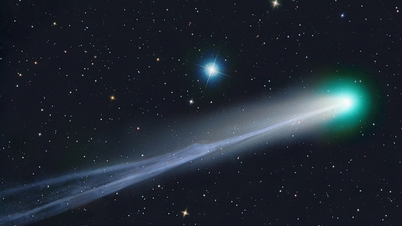
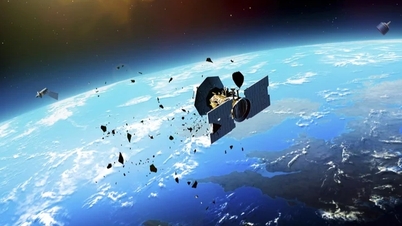

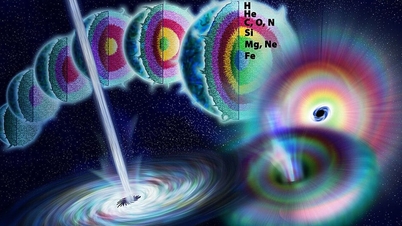



























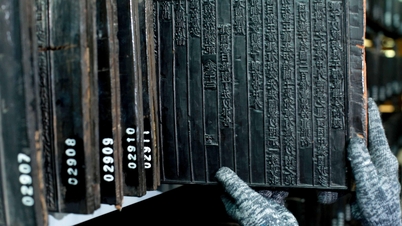








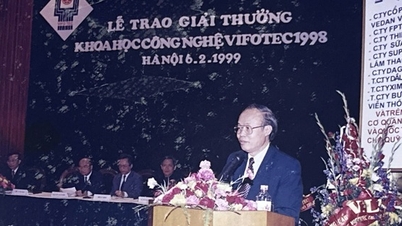

























































Comment (0)